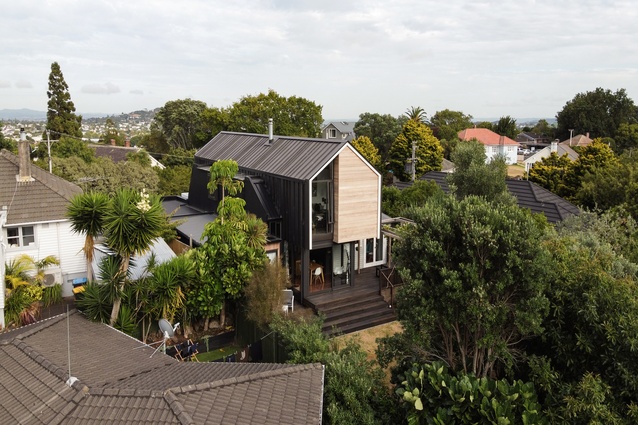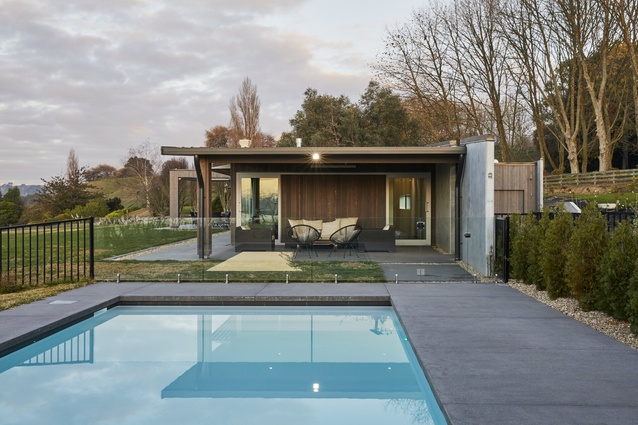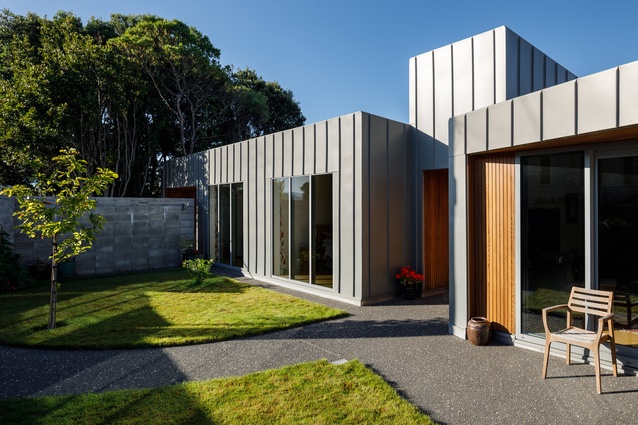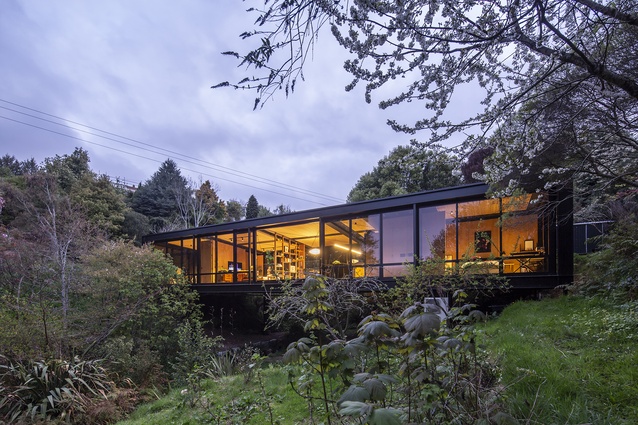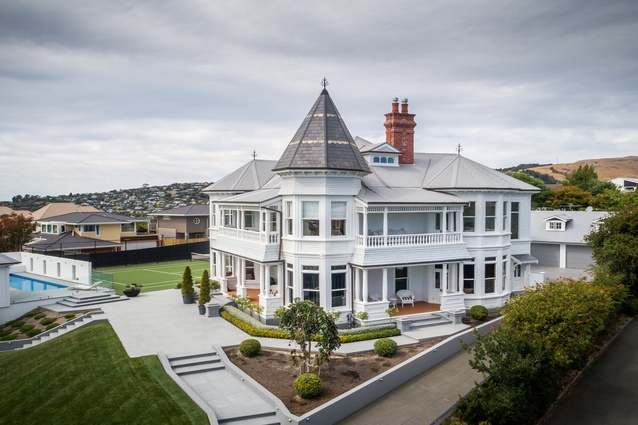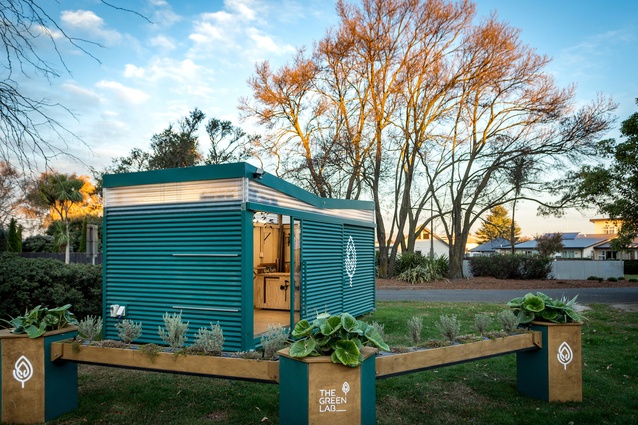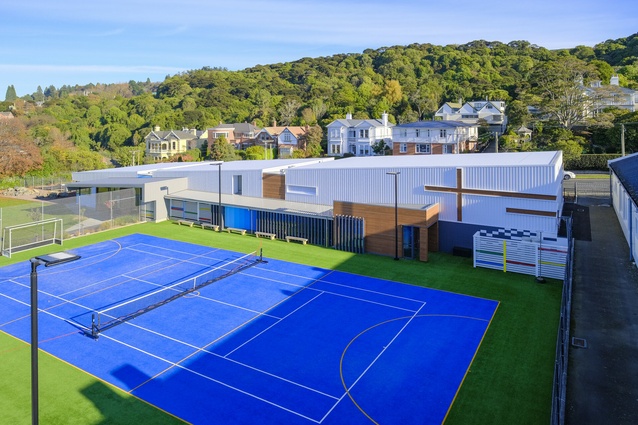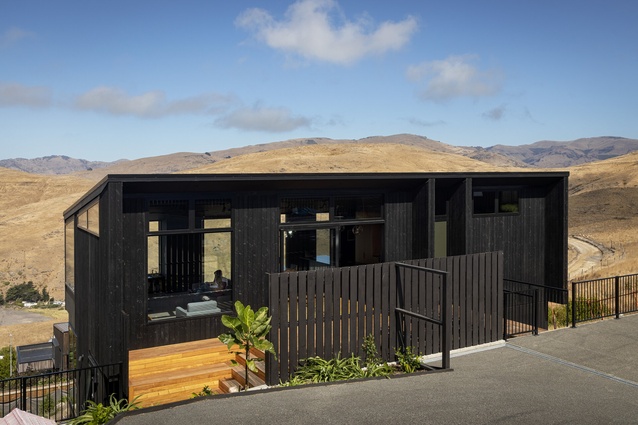2020 ADNZ | Resene Architectural Design Awards: Winners announced
Architectural Designers New Zealand (ADNZ) have revealed their winners for this year, with the top prize going to a remodelled state house in Mt Roskill.
Supported by Resene, the ADNZ awards this year were judged by Dr Kathy Waghorn of AUT, Dr Anthony Brand from the University of Auckland and Irene Boles of Ara of the Institute of Canterbury, which reviewed more than 150 entries before giving the Supreme Award to Madushin Amarasekera of Construkt Associates for his changes to what had been a three-bedroom state house.
Titled “2 @ 4 in 1”, the project added a vertical extension to the existing structure, taking the total number of bedrooms to five without cutting into the section’s outside area. Completed on a limited budget of $500,000, the judges noted various measures by Amarasekera that significantly cut down on costs, such as building upwards on the house’s existing foundations, which helped create private space as well as a shared area for a multigenerational and extended family living on the property.
“A series of interlocking spaces, the home enables the two families to come together as a whānau, sharing domestic life alongside work-life, while also enabling division to give each family their own space and time…This is a very sophisticated remodelling of the humble state house and we are sure it is the envy of its neighbours” commented the judging panel, which also awarded Amarasekera the 2020 Resene Residential Alterations and Additions Architectural Design Award and the 2020 Resene Residential Interiors Architectural Design Award.
See all of the other winning projects for 2020 below with jury citations:
Resene Residential New Home Over 300m2 Architectural Design Award
Karapiro Lake House by Lee Turner of Turner Road Architecture
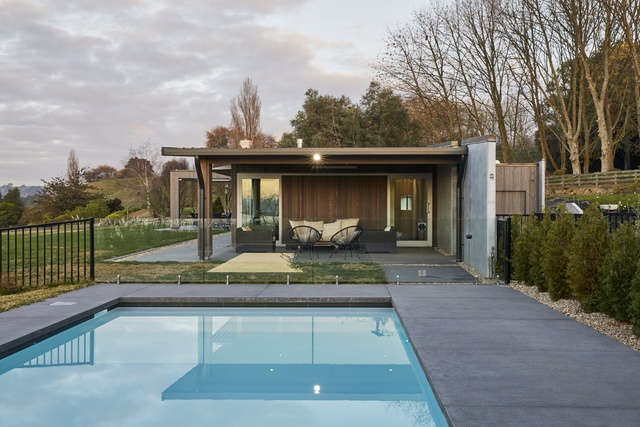
Named for the nearby body of water, Turner’s ‘Karapiro Lake House’ was praised by the judges for its subtlety in blending with the surrounding environment
“Long and slender in plan, this house slides into the hillside along the edge of Lake Karapiro and under the ridgeline Maungatautari. The drama is all in the entry elevation, a long wall of heavy fair-faced precast concrete panels, broken by a horizontal band of glazing and band-sawn cedar slats, and punctured by a filigree steel gate that allows glimpses into the patio behind. The effect is of a beautifully proportioned fortress, with a narrow slot to observe those arriving”
Resene Residential New Home between 150m2 and 300m2 Architectural Design Award
Urban’s Fault by James Mackie of Mackit Architecture
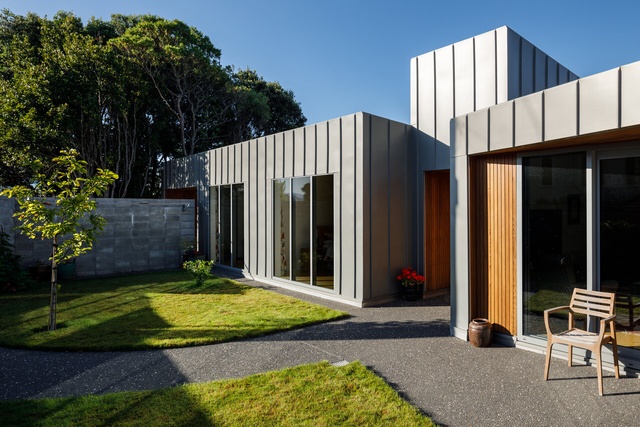
Located in the inner suburbs of Wellington, Mackie’s design is intended for a professional couple seeking privacy and security from local environmental factors, including the possibility of earthquakes from a nearby faultline. The judging panel praised the design for creating “an inviting property on an uninviting site” which includes “several smart design decisions that made what could easily have become a quick development project, for a less conscientious developer, into a genuinely liveable home.”
Resene Residential New Home up to 150m2 Architectural Design Award
Jason Street Glass House by Nathan Taylor of Taylored Spaces
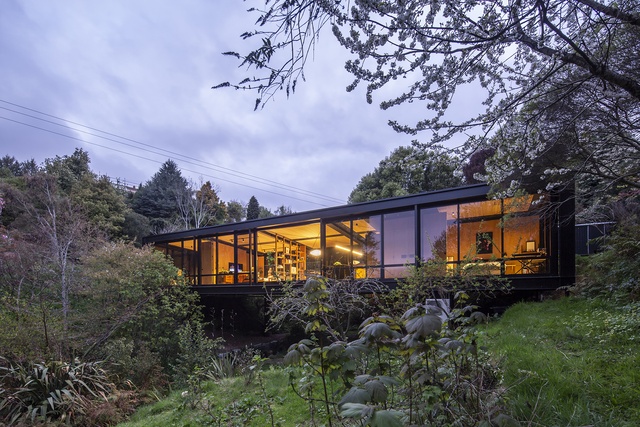
Surrounded by native bush and bordering a stream, the project was commended by the judging panel for using innovative solutions to the various constraints created by the resulting environmental factors.
“A homage to famous Modernist architects and classic minimal designs, like those of Philip Johnson and Miles van der Rohe, will naturally invite comparison and inevitably fall short. That is why it is so special when a design appears like this, that not only goes the distance but exceeds expectations. A wild and unforgiving site, this design is perched over a watercourse, with floor to ceiling glass panels running the length of the façade and exhibiting the lush, native bush on both sides. While the length of the property was limited by the proximity of the adjacent banks, this is not something that is felt within the layout – the plan is as comfortable as its precedents”
Resene Residential Multi-Unit Dwelling Architectural Design Award
Thornton Earl Manor by Michael John of AO Architecture
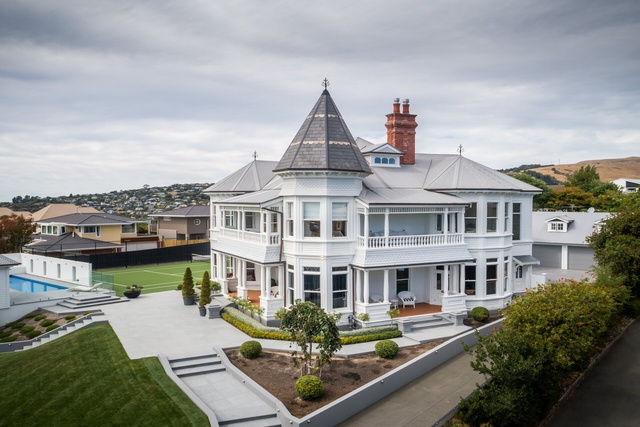
Forced to rebuild from scratch after the Canterbury earthquakes, the new Manor house was described by the judges as a “a very special project where the successful collaboration between the owners’ vision and the architects’ great expertise and respectful approach, have resulted in restoring and celebrating one of the few remaining and truly magnificent heritage buildings in post-earthquake Christchurch”
Resene Commercial/Industrial Interiors Architectural Design Award
The Green Lab by Pippin Wright-Stow of F3 Design
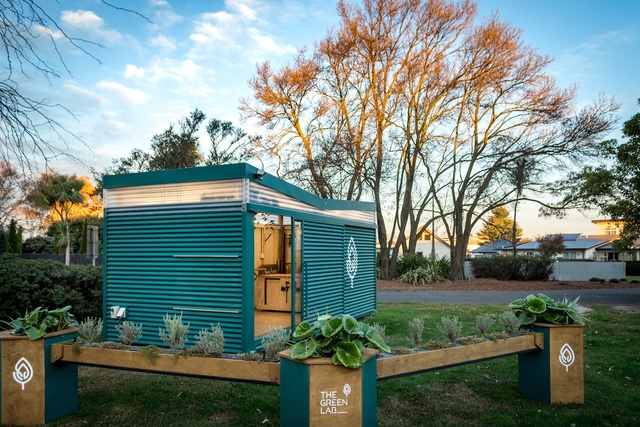
Designed to provide various services to a local non-profit, The Green Lab was found by the judges to combine a friendly look with a highly practical, and moveable, structure.
“Small but perfectly formed, this design stood out to the judges for the love and thought that had clearly been invested: every surface exudes care and attention whilst maintaining a warm, inviting feel. A well-groomed garden shed: not too rough and rugged but not too fussy or preened either…The innovative use of CNC’d furniture – seats, tables, shelves etc - that pops out from the interior ply cladding, transforms the space from a simple box to a comfortable environment for a workshop, office, classroom, meeting hub.
Resene Commercial/Industrial Architectural Design Award
Te Waka Huia by Cameron Grindlay of Dwelling Architectural Design
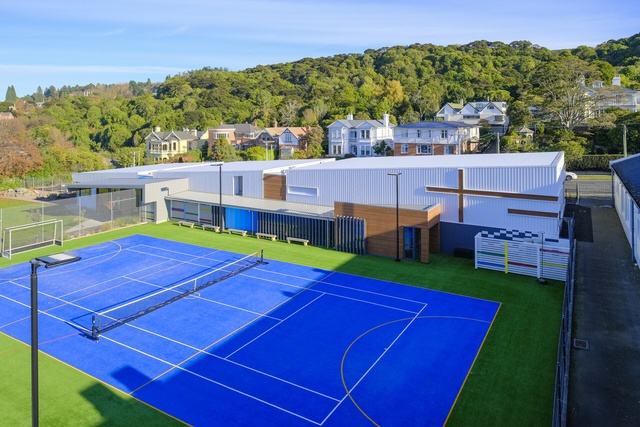
As the new Visual and Performing Arts Centre for St Hilda’s Collegiate School, Te Waha Huia won plaudits for the judges by combining a practical emphasis on containing noise with a design which fits smoothly into the suburban site.
“The design has artfully avoided the predictable pitfalls of a performing arts centre, by creating something that is neither ostentatious and showy nor boxy and anonymous. Instead the result is a design that suits the scale of a suburban neighbourhood, whilst affording all the necessary activities required within by gently raking up from single story at the entrance, through to the crescendo at the double height performance space. The façade is broken into playful elements, inferring the syncopated rhythm of the different spaces and activities without descending into visual chaos.”
Resene Colour in Design Award
Taylors by Aaron Jones of Urban Function Architecture
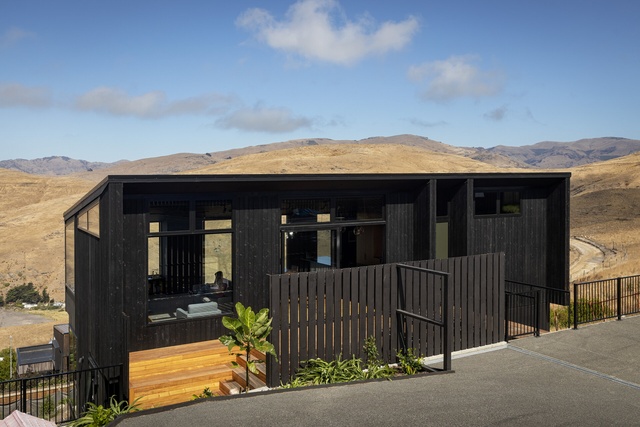
Starting with a simple cut into the Sumner hillside which used the excavated soil for further construction, Jones’ project made use of various modernist features to create a house that was found by the judges to easily complement its surroundings
“Excessive in style and concision, this house designed for a growing family is efficiently and effectively distributed over the 75m2 footprint. The form of the sloping roof echoes the contours of the surrounding landscape and directs the attention of the visitor through the entrance and out to the expansive views beyond. The charred larch timber cladding softens what could otherwise have been a sharp, metal box, while reinforcing the appearance of a cool, cave retreat within an otherwise exposed and desolate landscape.

